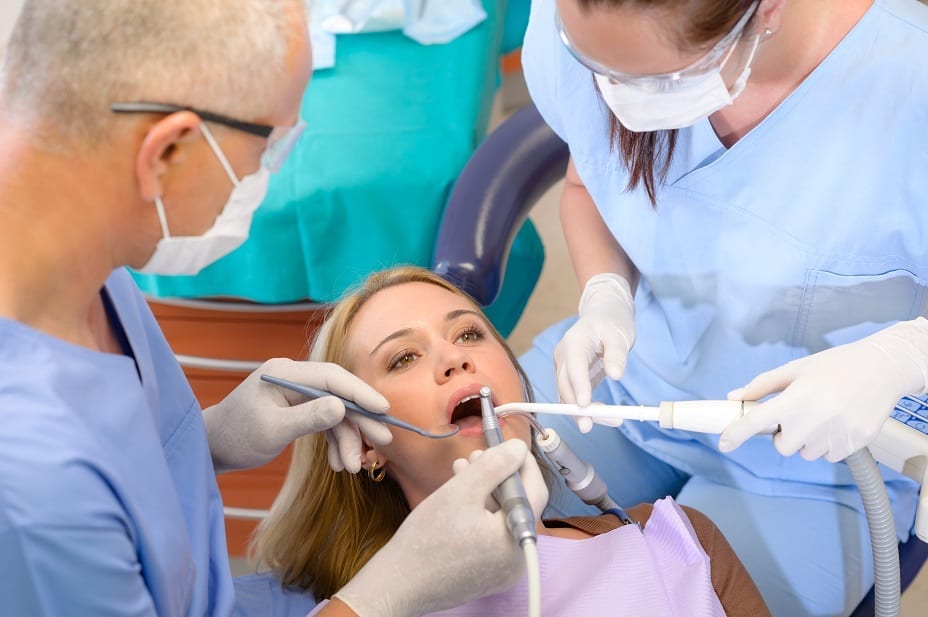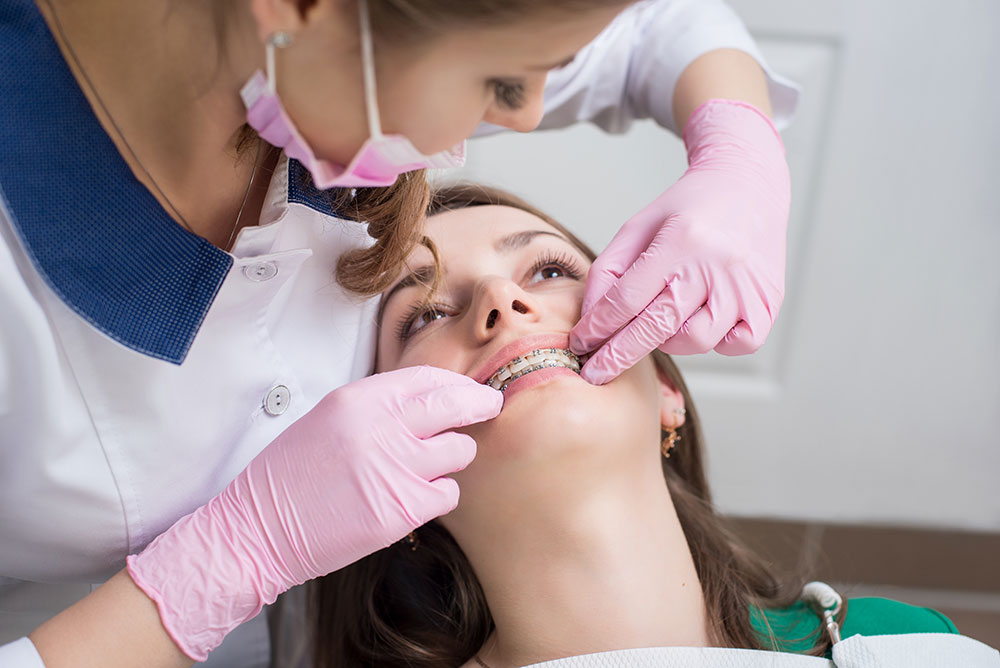Some Known Details About Legacy Orthodontics
Some Known Details About Legacy Orthodontics
Blog Article
Legacy Orthodontics Things To Know Before You Get This
Table of ContentsNot known Details About Legacy Orthodontics Some Known Factual Statements About Legacy Orthodontics The 6-Second Trick For Legacy OrthodonticsFacts About Legacy Orthodontics RevealedGetting My Legacy Orthodontics To Work
In addition, we offer adjustable therapy schedules, versatile repayment options and a fun, delightful experience.An orthodontist is a dental professional trained to identify, prevent, and deal with teeth and jaw abnormalities. They remedy existing conditions and are trained to determine problems that might establish in the future. Orthodontists work with individuals of any ages, from youngsters to grownups. Individuals typically connect a best smile with great wellness.
Malocclusion, or misaligned teeth, can bring about dental problems, consisting of tooth degeneration, periodontal illness, and challenging or uncomfortable eating. Not every person is birthed with straight teeth. If you have a negative bite or huge areas between your teeth, you may want to consult a dental practitioner focusing on orthodontic treatment.
Little Known Facts About Legacy Orthodontics.
( Picture Credit Score: DigitalVision/Getty Images) Orthodontists utilize repaired and detachable dental devices, like braces, retainers, and bands, to transform the position of teeth in your mouth. Orthodontic therapy is for oral irregularities, consisting of: Misaligned teethBite problems, like an overbite or an underbiteCrowded teeth or teeth that are too far apartJaw misalignmentThe goal of orthodontic treatment is to enhance your bite.
A healthy and balanced bite guarantees you can eat, chew, and speak effectively. While you could consider orthodontists as mostly for kids or teens that need braces, they can fix oral problems at any kind of age. Orthodontists go to university, dental school, and orthodontic school. After college graduation, they invest 2 or 3 years in an orthodontic residency program.
, however not all dental experts are orthodontists. They concentrate on two areas: How to effectively and securely move teeth How to effectively lead advancement in the teeth, jaw, and faceOnce an orthodontist has finished training, they have the choice to end up being board certified.
How Legacy Orthodontics can Save You Time, Stress, and Money.
Imbalance, or malocclusion, is one of the most common factor individuals see an orthodontist. It is genetic and is the outcome of dimension distinctions between the upper and reduced jaw or between the jaw and teeth. Malocclusion brings about tooth overcrowding, an irregular jaw, or uneven bite patterns. Malocclusion is typically treated with: Your orthodontist attaches steel, ceramic, or plastic square bonds to your teeth.
If you have only small malocclusion, you see this here might have the ability to make use of clear braces, called aligners, instead of traditional braces (https://packersmovers.activeboard.com/t67151553/how-to-connect-canon-mg3620-printer-to-computer/?ts=1727695183&direction=prev&page=last#lastPostAnchor). Some people need a headgear to help relocate teeth right into line with stress from outside the mouth. After dental braces or aligners, you'll need to wear a retainer. A retainer is a custom-made tool that keeps your teeth in position.
They're most usually utilized on kids. They can create extra area in the mouth without having to pull teeth. If you have a severe underbite or overbite, you could need orthognathic surgical procedure (also called orthodontic surgical treatment) to extend or reduce your jaw. Orthodontists utilize cords, medical screws, or plates to support your jaw bone.
You may need to see an orthodontist if you have: Crowding or otherwise sufficient room for all of your teethOverbite, when your upper teeth come over your bottom teethUnderbite, when your base teeth are too far forwardSpacing or problems with gapsCrossbite, which is when your upper teeth fit behind your base teeth when your mouth is closedOpen bite or a vertical gap between your front bottom and top teethMisplaced midline, when the center of your bottom and upper teeth don't align Dealing with an oral malocclusion can: Make biting, eating, and talking easierImprove the proportion of our face and your overall appearanceEase discomfort from temporomandibular joint problemsSeparate your teeth and make them much easier to cleanse, helping avoid dental caries or tooth cavities It's usually a dentist that first notifications misaligned teeth throughout a routine examination.
The Definitive Guide to Legacy Orthodontics

Throughout your initial orthodontic consultation, you'll likely have: A dental examPhotos taken of your face and smileDental X-raysPanoramic (360 degree) X-rays of your face and headImpressions to produce molds of your teethThese tests will certainly assist your orthodontist understand just how to continue with your treatment. clear braces. An orthodontist is a dentist that's had training to treat your teeth and jaw
An orthodontist is focused on your bite, so something like a damaged tooth would certainly be handled by a dental expert. Orthodontists are focused on your bite, or the method your teeth fit with each other, and the straightness of your teeth.
Ever before wondered how celebrities always seem to have flawlessly straightened teeth? Orthodontists are dental specialists that concentrate on remedying irregularities in the teeth and jaws.
How Legacy Orthodontics can Save You Time, Stress, and Money.

, orthodontists have a diverse toolkit at their disposal. These reliable braces make use of a system of brackets bonded to the teeth and connected by cords.
Clear aligners, like Invisalign, are a popular choice for people seeking a much more very discreet treatment option. These detachable trays are personalized to considerably shift the teeth's position. Headgear might be made use of along with braces or aligners to apply additional targeted pressures, especially for remedying jaw inconsistencies. In cases of narrow jaws, palatal expanders can be made use of to produce area for proper tooth alignment.
Report this page